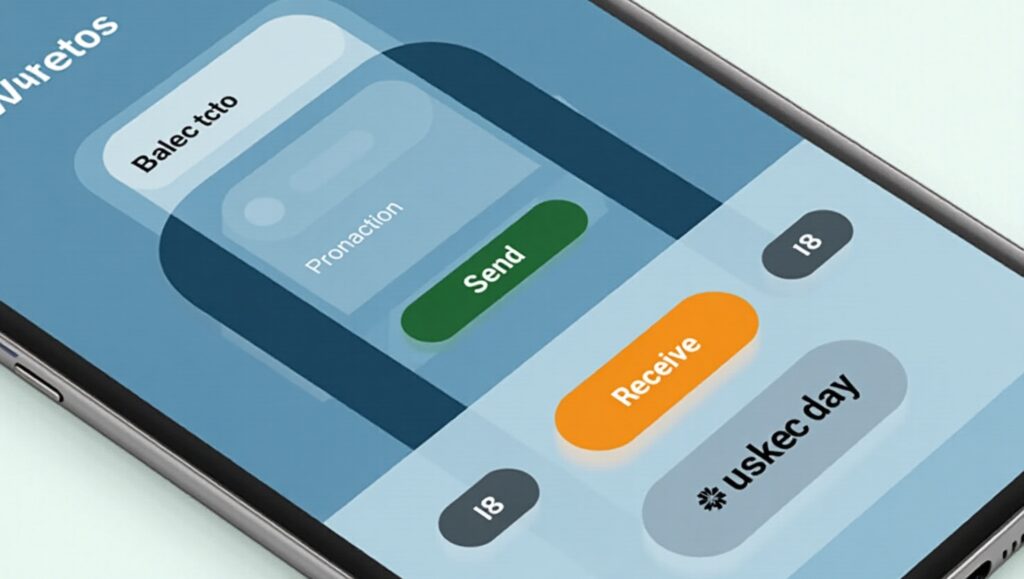Cryptocurrency isn’t just for tech geeks anymore—it’s everywhere, from coffee shops to entire countries. But with great power (and money) comes great responsibility. If you’re stepping into the crypto world in 2025, the first thing you’ll need is a rock-solid, secure wallet. But how do you build one?
Buckle up! This beginner-friendly guide will walk you through everything you need to know—from understanding crypto wallets to building your very own secure one.
📘 Introduction to Crypto Wallets
Let’s start with the basics. A crypto wallet is essentially a digital tool that lets you store, send, and receive cryptocurrencies like Bitcoin, Ethereum, and more.
But don’t be fooled by the word wallet. It doesn’t actually store your coins; it stores your private keys, which are your gateway to accessing the blockchain.
🔐 Understanding the Two Main Types of Crypto Wallets
Before you start building or using a wallet, you need to know the two broad categories:
🔥 Hot Wallets
These wallets are connected to the internet—think mobile apps, browser extensions, and web wallets. They’re easy to use but more vulnerable to hacking.
Examples of Hot Wallets
- MetaMask
- Trust Wallet
- Coinbase Wallet
❄️ Cold Wallets
Cold wallets are offline wallets. They provide an extra layer of security by keeping your keys away from online threats.
Examples of Cold Wallets
- Ledger Nano X
- Trezor Model T
- Paper wallets (though not recommended anymore)
🧯 Why Security Is More Critical Than Ever in 2025
Fast forward to 2025: AI-powered hacks, phishing schemes, deepfake scams—cyber threats are more sophisticated than ever. Building your own secure wallet puts you in control, unlike relying on third-party providers.

Step-by-Step Guide: How to Build Your Own Secure Crypto Wallet
Now, let’s get to the meat of it. Here’s how you can build a secure crypto wallet from scratch.
1️⃣ Step 1: Define Your Purpose
Is it for daily transactions? Long-term storage? NFTs? Knowing your goal will shape every decision that follows.
2️⃣ Step 2: Choose Between Hot and Cold
- Hot wallets = convenient but less secure
- Cold wallets = less convenient but super secure
Pick what aligns with your needs.
3️⃣ Step 3: Select Secure Technology Stack
Here’s a recommended tech stack for 2025:
- Frontend: React.js or Flutter (mobile)
- Backend: Node.js with Express
- Blockchain API: Web3.js, Ethers.js
- Database: MongoDB (for non-sensitive data only)
4️⃣ Step 4: Implement Strong Encryption
Use AES-256 encryption to protect your keys. Never store raw keys or passwords.
5️⃣ Step 5: Use Multi-Factor Authentication
Integrate biometrics, email OTPs, or even hardware keys. 2FA is the bare minimum.
6️⃣ Step 6: Code the Wallet Backend
Build APIs for:
- Generating public/private keys
- Sending/receiving funds
- Querying balances
Test your smart contracts thoroughly if you’re integrating one.
7️⃣ Step 7: Build a User-Friendly Interface
A clunky wallet is a forgotten wallet. Use intuitive designs, dark mode, and clear labeling. Users should feel like they’re using a digital bank, not a coder’s side project.

8️⃣ Step 8: Regularly Test for Vulnerabilities
Run:
- Penetration tests
- Static code analysis
- Bug bounty programs
It’s not “build once, forget forever”—security is ongoing.
🛠️ Tools & Technologies Recommended in 2025
Here’s a cheat sheet of tools that’ll make your life easier:
| Tool | Purpose |
|---|---|
| MetaMask API | Browser wallet integration |
| Web3Auth | Social login + wallet security |
| HashiCorp Vault | Key management |
| Docker | Isolated app containers |
| Jest & Mocha | Testing framework |
🔒 Best Practices to Secure Your Crypto Wallet
You’ve built it. Now protect it.
🔑 Keep Your Private Keys Offline
Use QR codes, USB drives, or even steel plates. Never store them on cloud services.
🧪 Perform Routine Security Audits
Set a schedule to review your code, dependencies, and user activity logs.

🚫 Common Mistakes Beginners Make (and How to Avoid Them)
- Mistake 1: Reusing passwords across crypto services.
- Mistake 2: Keeping wallet backups in your email.
- Mistake 3: Skipping software updates.
- Mistake 4: Falling for phishing scams.
Pro tip? If something feels fishy—it probably is.
🔮 Future of Wallet Security – What’s Coming in 2026 and Beyond?
Get ready for:
- Biometric-only wallets
- AI-powered threat detection
- Decentralized identity (DID) authentication
- Quantum-resistant encryption

🧾 Conclusion
There you have it—a full-blown beginner’s roadmap to building your own secure crypto wallet in 2025. It’s not just about storing digital coins; it’s about protecting your financial future.
Remember, building a wallet isn’t a one-time event. Think of it like building a house—you’ve got to install locks, check the wiring, and occasionally replace the doors. Stay updated, stay safe, and happy HODLing!
🙋♂️ FAQs
1. Can I build a crypto wallet without coding knowledge?
Yes, there are white-label platforms and no-code tools, but for full control, learning the basics of development is recommended.
2. What’s the safest type of crypto wallet in 2025?
Cold wallets (especially hardware ones) are still the gold standard in terms of safety.
3. Should I keep all my coins in one wallet?
Not advisable. Spread your holdings across multiple wallets for added security.
4. Are mobile crypto wallets safe?
They’re safer now than ever before, but only if you enable security features like biometrics and 2FA.
5. How often should I update my wallet app?
As soon as updates are available. Delaying updates can leave your wallet open to known exploits.


